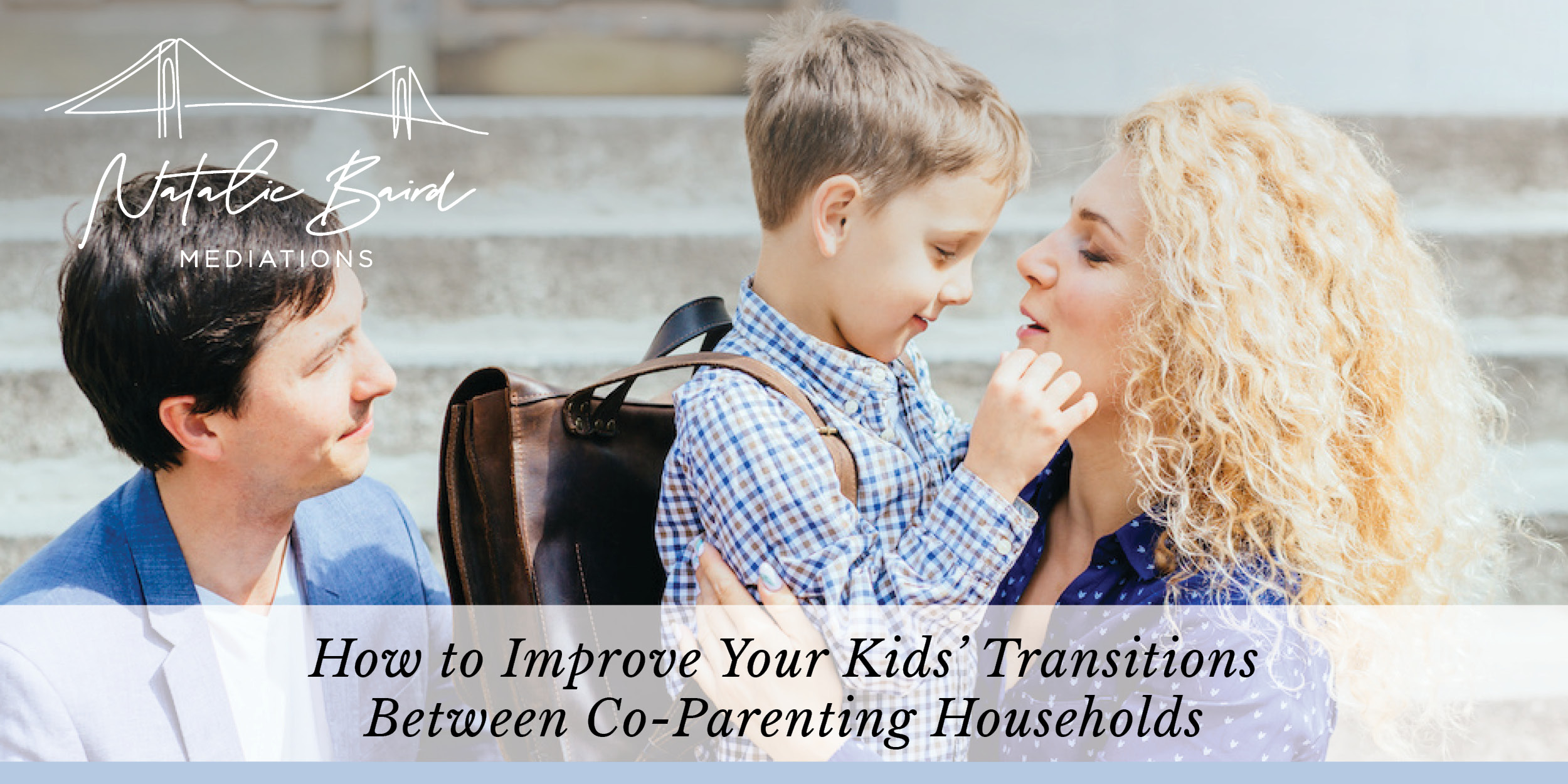How to Improve Your Kids’ Transitions Between Co-Parenting Households
Co-parenting can be a challenging experience for many divorced parents. But, when kids are involved, it becomes all the more important to ensure that your children can make a smooth transition between the two households. Kids need consistency and stability on both sides to adjust well.
Read on to learn practical tips on how to make this transition easier for your kids.
Create a Transition Routine
Just like you have a daily routine for your kids, kids need to have a transition routine as well. A transition routine can help your kids mentally prepare for the shift from one household to another. It can help them manage their emotions and expectations from one place to the next.
Their transition routine can include things like packing up their belongings, saying goodbye to the parent they are leaving, and some fun activities like listening to music or playing games in the car. You may find that this helps your children cope with the stress and anxiety of the transitions.
Maintain Consistency in Rules and Routines
The rules and routines in both households should be consistent to help your kids maintain stability, especially during summer co-parenting when kids already have less structure. Consistent bedtimes, mealtimes, and disciplinary actions can go a long way in providing stability and predictability to your children. If you can find points of agreement with your spouse, establish those clear alignments from house to house. It will reduce your children’s stress levels and help them relax and feel comfortable in both homes.
Keep Communication Open
Both parents should communicate about the kids’ daily routines, schoolwork, schedules, and any issues affecting the children. By setting aside any personal issues, you can better prioritize the children’s needs. Communication can be through emails, phone calls, or in-person meetings. This communication will help the children focus on the present and feel loved by their parents – it can even help mitigate co-parenting disputes.
Encourage Connection with Extended Family
Allowing for time with extended family members like grandparents, aunts, and uncles on both sides can benefit your children. It helps them create strong ties and develop a sense of belonging to both families. Encourage the children to talk about their experiences with family members from the other household so they feel like they can share both parts of their lives.
Keep Their Favorite Items in Both Homes
Children can find comfort in familiarity. If your child has a special blanket or stuffed animal, ensure they have duplicate versions in both households. The comfort of their favorite item will make them feel more comfortable in their new surroundings and connected to both homes.
Professional Help
If you have tried every possible way to provide consistency and stability for your kids, but nothing seems to be working out, it may be time to seek professional help. It’s important to prioritize the well-being of your kids in times like this. Professional help can help you create stability in your children’s lives and support the transition from house to house to go more smoothly. You also might need to create a new parenting plan, which you can do through post-divorce mediation.
Perfecting Smooth Family Transitions
Co-parenting can be challenging, but with the right approach, you can help your children manage their emotions and smoothly transition between two households. Remember, the key to successful co-parenting is consistency, communication, and focusing on your children’s well-being. If you’re struggling and think you could benefit from post-divorce mediation to improve your children’s lives, contact Natalie Baird Mediations to schedule a mediation.

